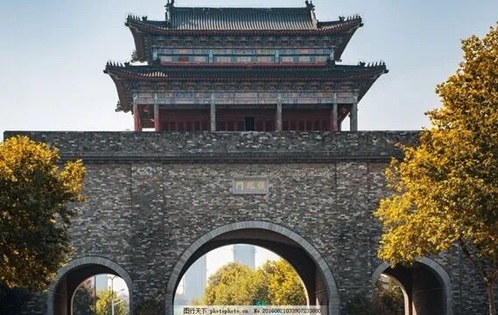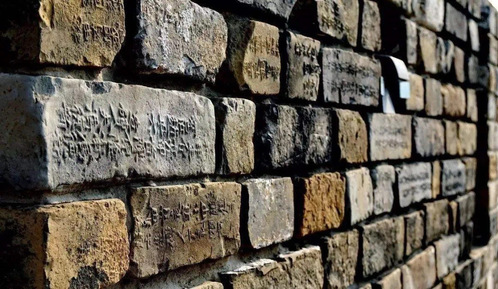
Auther:2022-04-28


The Ming City Wall of Nanjing includes the four walls of the Ming Dynasty capital Yingtian Prefecture (Nanjing): the Palace City, the Imperial City, the Capital City and the Outer City, which today mostly refers to the well-preserved Capital City Wall, the world's longest, largest and best-preserved ancient city wall in terms of originality. The Ming City Wall of Nanjing was built in 1366 and completed in 1393, lasting 28 years. It is the world's largest city wall, with a unique design, exquisite construction techniques, and a magnificent scale, and is 35.267 km longer than the Ming Wall in Beijing. Its construction ideas are both inherited and innovative, and have a great influence on the construction of the Ming capital (Fengyang) and Beijing, occupying an important position in the history of Chinese capital construction.
In the masonry of Nanjing Ming City Wall, different sections of the wall were treated with different textures and special bonding materials, and the materials used to bond the walls were very strong. The construction of the Ming Wall of Nanjing differed from section to section depending on the terrain and location, and different construction methods were used for different sections. The drainage system and storage system of the Ming Wall of Nanjing are also very complete and advanced, making full use of the various rivers and lakes in the city to form a well-connected urban water network, which not only undertakes the task of drainage and flooding, but also plays an important role in flood storage.

